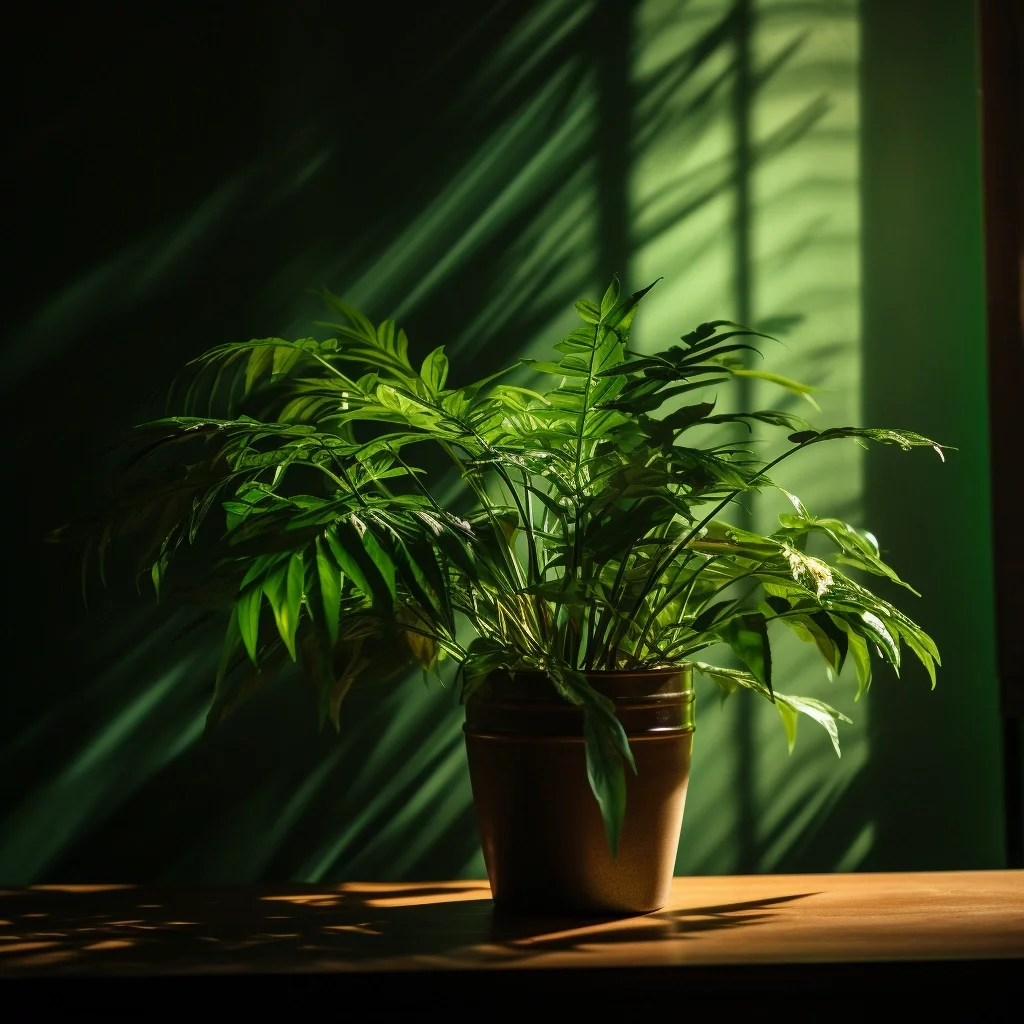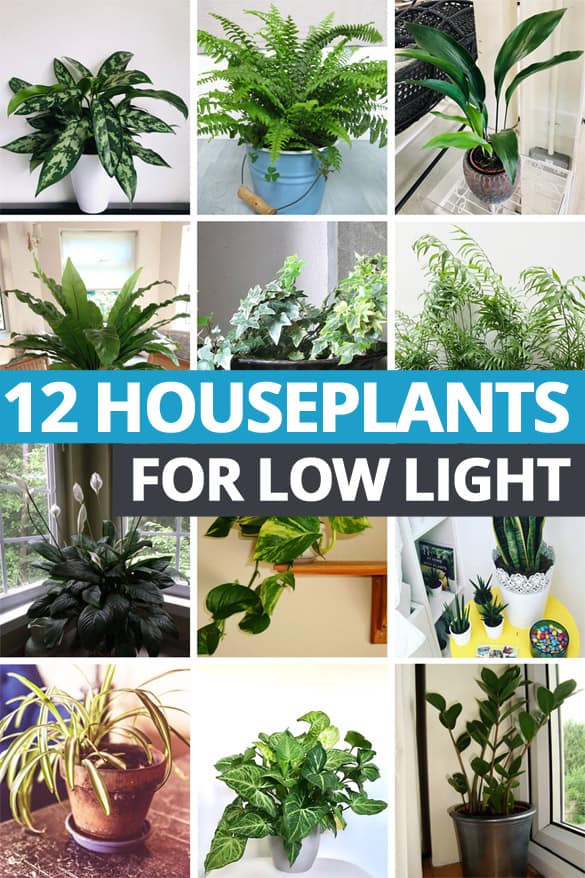Top Picks for the Best Low-Light Indoor Plants to Brighten Your Room
Top Picks for the Best Low-Light Indoor Plants to Brighten Your Room
Blog Article
Reveal the Secrets of Low-Light Indoor Plants and How They Boost Your Setting
Low-light indoor plants have amassed increasing attention for their unique ability to enhance both aesthetic allure and ecological quality within offices and homes. These resistant varieties, including the Serpent Plant and Tranquility Lily, not just thrive in challenging illumination problems however also play an essential role in air filtration and emotional well-being.
Advantages of Low-Light Indoor Plants
Although lots of people assume that indoor plants call for plentiful sunlight to grow, low-light indoor plants offer a wide range of benefits that make them perfect for various settings. Among the primary advantages is their adaptability; they can grow in spaces with limited all-natural light, such as workplaces, basements, or spaces with small windows. This feature allows individuals to improve their surroundings with greenery, adding to enhanced appearances without the need for considerable lights alterations.
Moreover, low-light indoor plants can significantly improve interior air quality by filtering system unsafe contaminants and releasing oxygen, making living rooms healthier. The presence of plants has been linked to greater feelings of tranquility and focus.
Furthermore, low-light plants frequently call for less upkeep than their sun-loving equivalents, making them ideal for busy individuals or those new to gardening. Their resilience permits them to love marginal treatment, thus supplying a fulfilling experience for plant enthusiasts and newbies alike. In summary, low-light indoor plants serve both aesthetic and practical objectives, making them useful enhancements to any kind of space.
Top Low-Light Plant Varieties
Low-light interior plants been available in a variety of types, each offering one-of-a-kind features and advantages suited for dim environments. Among the most preferred selections is the Serpent Plant (Sansevieria), recognized for its air-purifying capabilities and architectural fallen leaves. This resistant plant flourishes on overlook and can tolerate a variety of light conditions.
An additional exceptional option is the ZZ Plant (Zamioculcas zamiifolia), which includes glossy, dark environment-friendly fallen leaves and is highly drought-tolerant. Its adaptability makes it a favored for workplaces and homes with limited sunlight.
The Pothos (Epipremnum aureum) is additionally a top contender, with its tracking vines and heart-shaped leaves - Best low-light indoor plants. This functional plant can be educated to climb or cascade, adding aesthetic interest to any space

Treatment Tips for Low-Light Plants
Looking after low-light indoor plants calls for a nuanced understanding of their details requirements to make sure optimum growth and vitality. It is essential to choose the right potting mix, as a well-draining dirt is vital to stop root rot. A blend created for houseplants, commonly consisting of peat moss and perlite, functions well for most low-light ranges.
Watering is one more key facet of care. Low-light plants normally require much less frequent watering compared to their sun-loving counterparts. It is a good idea to examine the leading inch of soil; if it feels dry, it's time to water. Overwatering can result in complications such as mold and mildew and origin decay.
Fertilization needs to be come close to with caution. During the growing season, a watered down liquid plant food can be used monthly, but in wintertime months, several low-light plants go into inactivity and require little to no fertilizing.
Lastly, it is necessary to occasionally clean up the leaves to remove dirt, allowing for much better light absorption. By sticking to these care suggestions, you can grow a thriving atmosphere for your low-light indoor plants, boosting both their look and longevity.
Enhancing Air Quality With Plants
Interior plants play a substantial role in improving air high quality within homes and workplace areas. With the procedure of photosynthesis, these plants soak up co2 and release oxygen, adding to a healthier environment. Furthermore, specific low-light interior plants possess the capability to filter dangerous contaminants, such as formaldehyde, benzene, and trichloroethylene, which are generally found in indoor atmospheres.

Furthermore, the visibility of indoor plants can raise humidity levels, which helps reduce completely dry skin and breathing issues, further enhancing overall wellness. This ability to improve air top quality not check my site only advertises physical wellness but also sustains psychological health.
Including low-light indoor plants right into your living and working spaces can bring about a more vivid and invigorating atmosphere (Best low-light indoor plants). Buying these all-natural air purifiers is a straightforward yet effective technique for improving interior air high quality and promoting a healthier way of living
Producing a Calm Indoor Area
The assimilation of plants into living rooms not just boosts air quality yet likewise adds to a serene environment. Low-light interior plants, such as serpent plants and pothos, are specifically effective in creating a calm setting, as they prosper in conditions that may or else be unwelcoming for other plant. Their lavish foliage provides a soothing visual, minimizing stress and advertising relaxation.
Incorporating these plants into your home or office can evoke a sense of tranquility and health. Strategically placing them in locations where you invest substantial time, such as living rooms or offices, enables an immersive experience with nature, which has actually been revealed to improve state of mind and cognitive function.
Additionally, the mild motion of fallen leaves in action to airflow can create a vibrant visual component that boosts the overall setting. Consider utilizing a range of plant elevations and appearances to include deepness and interest to your space. With thoughtful positioning and care, low-light indoor plants can transform any kind of location into a peaceful shelter, fostering not only aesthetic satisfaction yet emotional and additionally psychological health.

Verdict
Incorporating low-light indoor plants into various settings yields significant benefits, including boosted air quality and boosted visual appeal. The transformative power of low-light plants highlights their worth in boosting both domestic and job-related setups.
Although lots of people presume that indoor plants require bountiful sunlight to prosper, low-light interior plants use a plethora of advantages that make them optimal for different atmospheres.Additionally, low-light interior plants can dramatically next boost indoor air high quality by launching and filtering system dangerous contaminants oxygen, making living rooms healthier. In addition, specific low-light interior plants have the capability to filter dangerous toxins, such as benzene, formaldehyde, and trichloroethylene, which are commonly these details located in indoor environments.
Low-light indoor plants, such as snake plants and pothos, are specifically efficient in creating a peaceful setting, as they prosper in problems that may otherwise be unwelcoming for various other greenery.Integrating low-light indoor plants right into numerous environments yields substantial advantages, consisting of enhanced air top quality and boosted visual charm.
Report this page